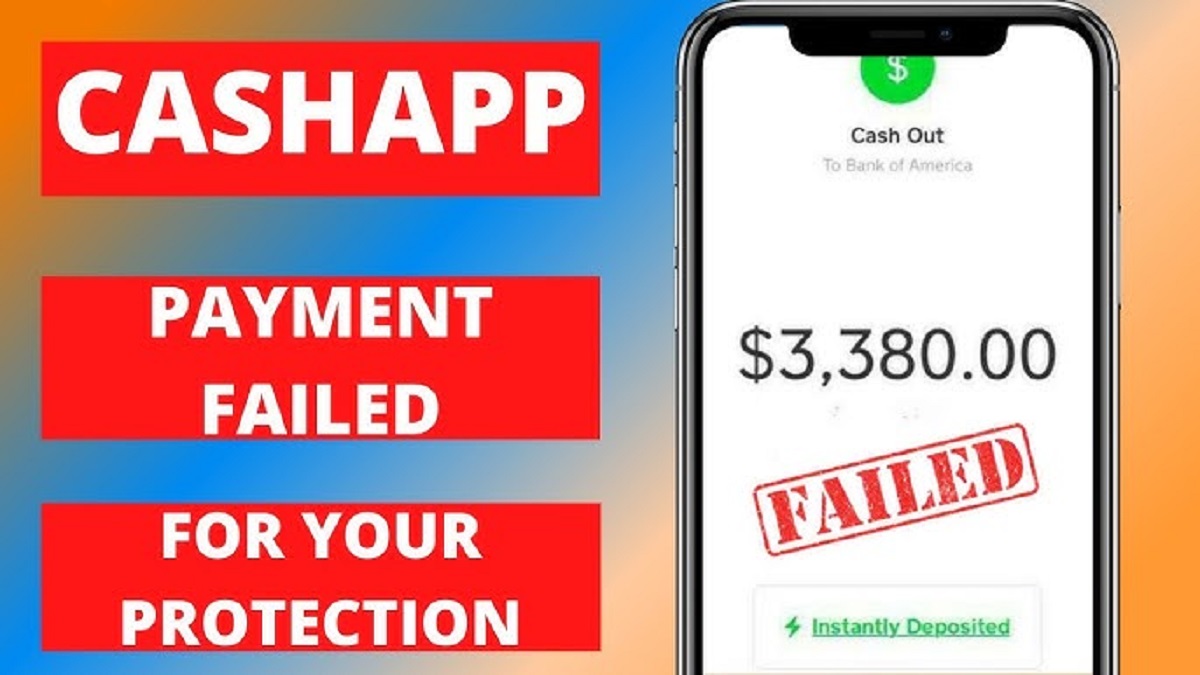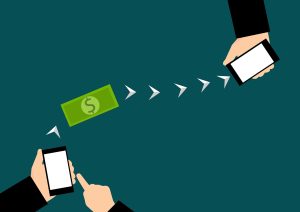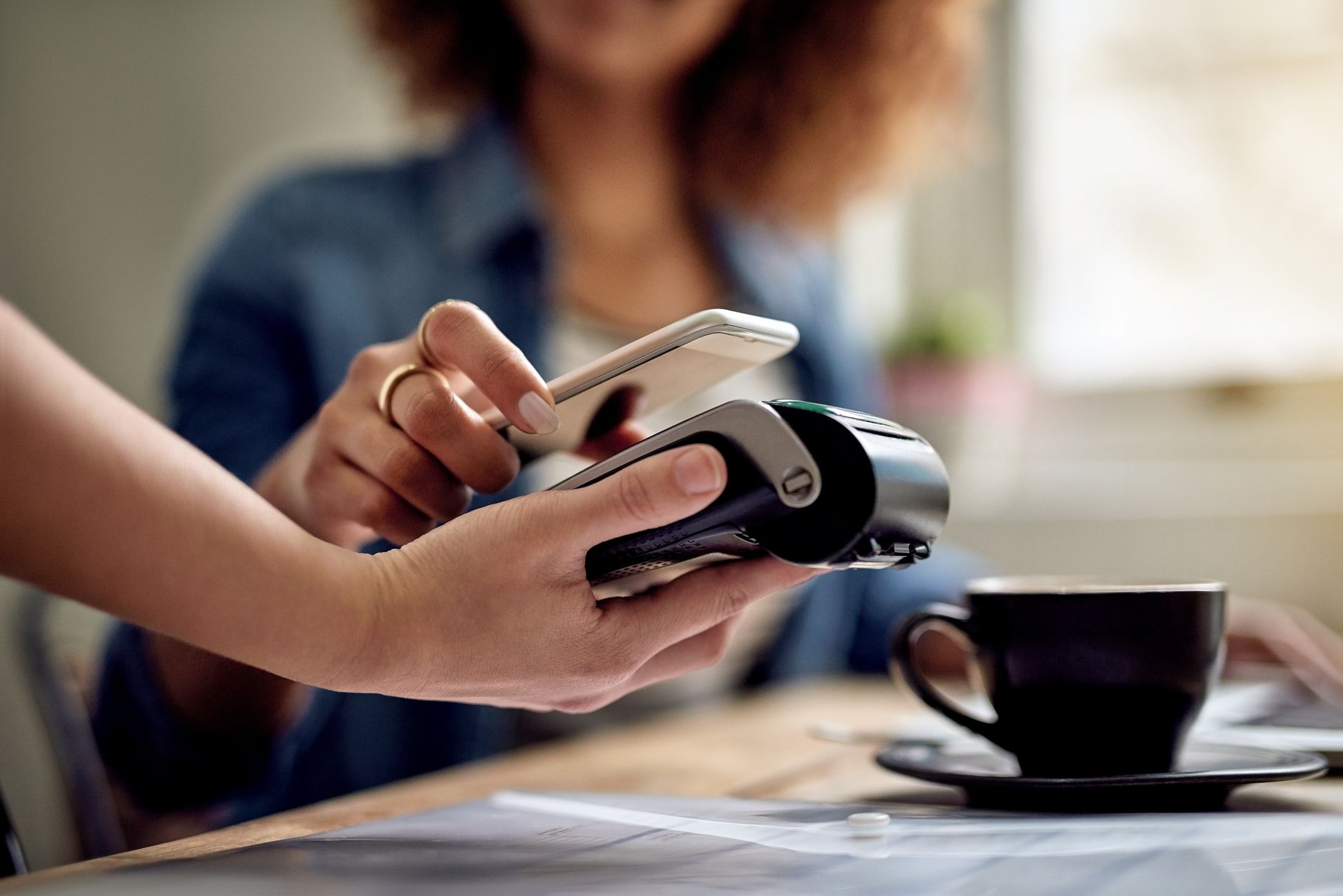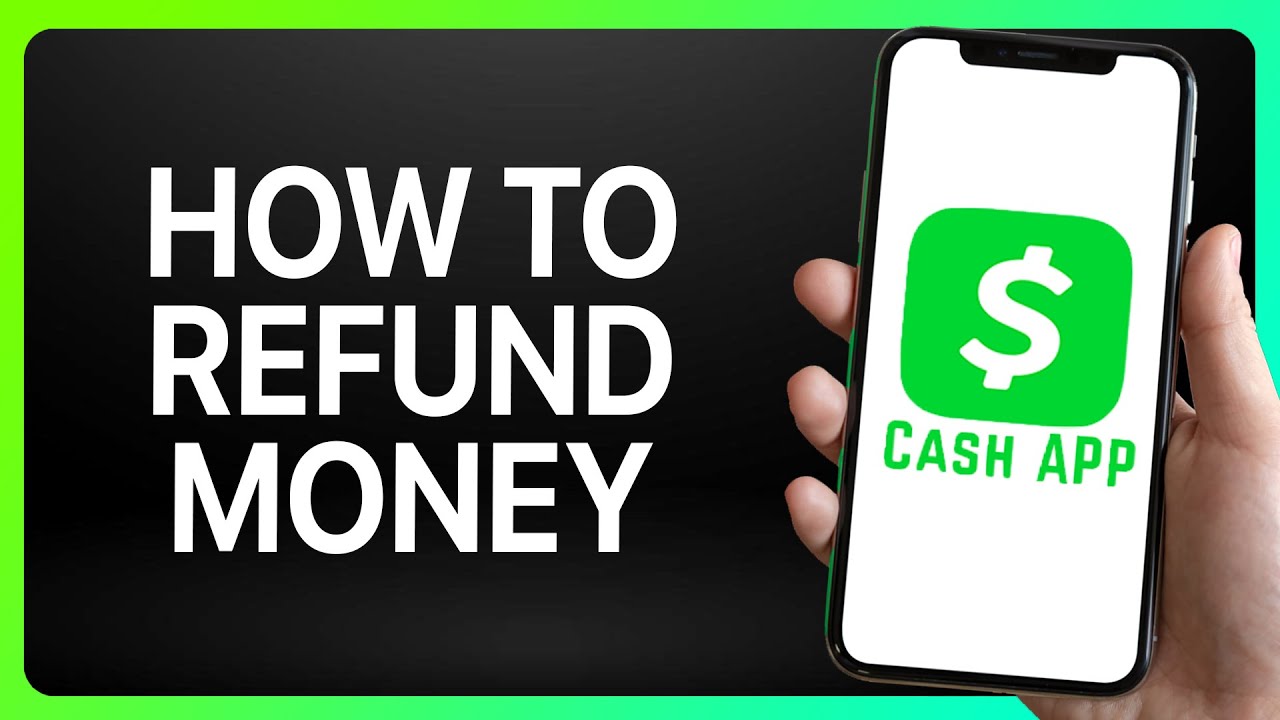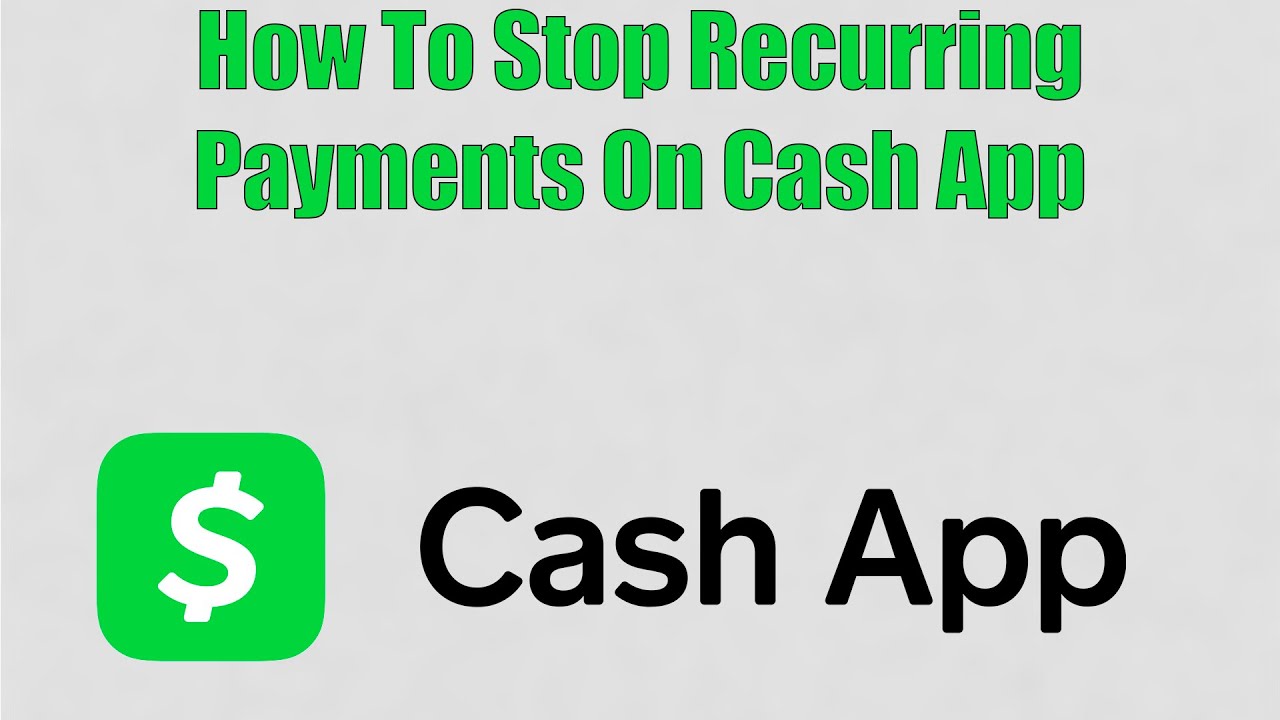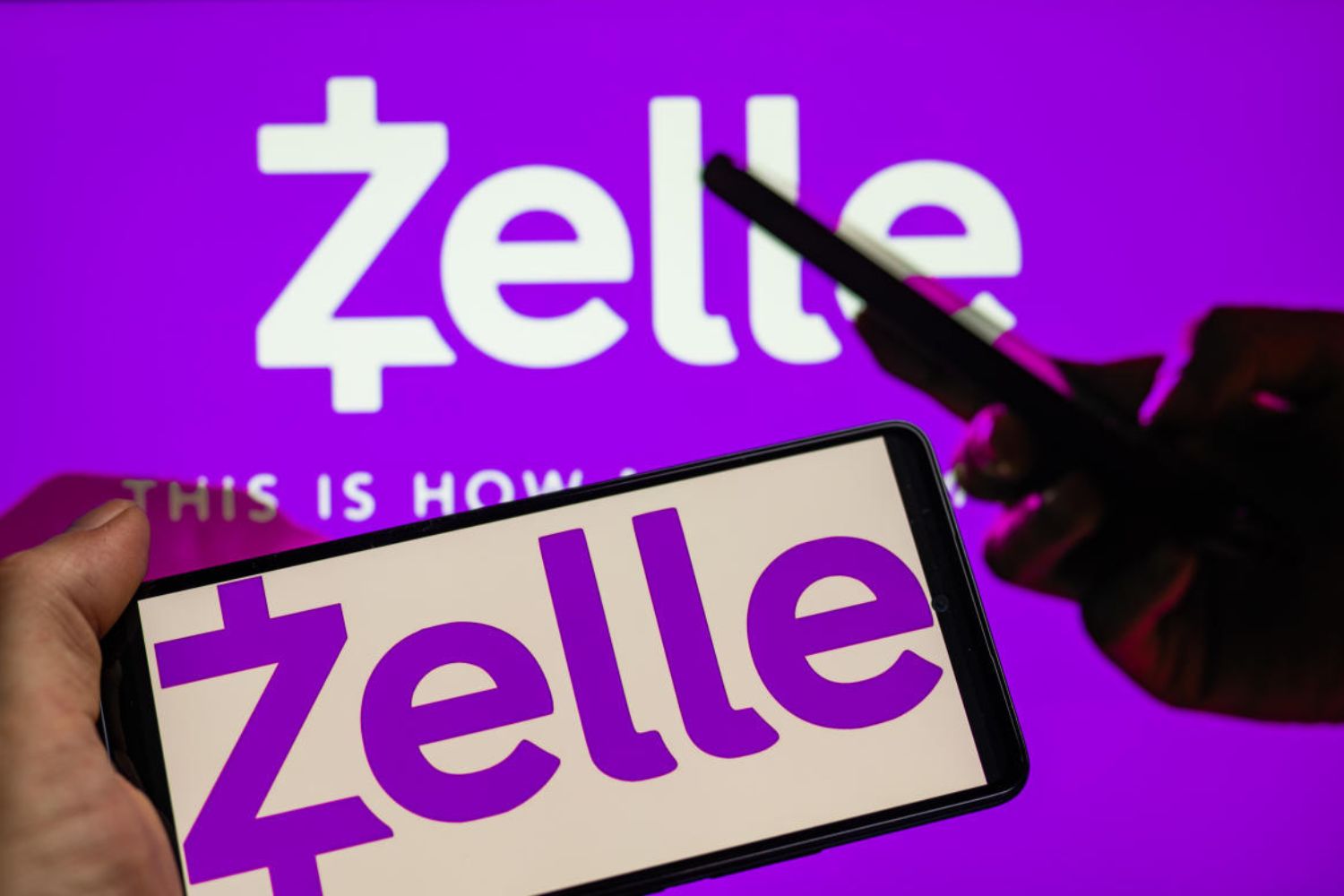Common Reasons for Cash App Payment Failures
Using Cash App for making quick and convenient payments is a great way to manage your finances. However, there may be instances when a payment fails to go through. Understanding the reasons behind these payment failures can help you troubleshoot the issue and ensure smoother transactions in the future. Here are some common reasons why your Cash App payment may fail:
- Insufficient Balance in Your Cash App Account: One of the most common reasons for payment failures is having an insufficient balance in your Cash App account. Before making a payment, make sure you have enough funds available.
- Incompatible Debit or Credit Card: If you have added a debit or credit card to your Cash App account and the payment fails, it could be due to incompatibility issues. Ensure that the card is supported by Cash App and that the information you entered is correct.
- Typographical Errors in Card Information: Another reason for payment failures can be typographical errors in the card details you provided. Double-check the card number, expiration date, CVV, and billing zip code to ensure accurate information.
- Expired or Cancelled Card: If your payment fails, verify if your debit or credit card has expired or been cancelled. In such cases, you will need to update your payment method to a valid card.
- Incorrect Payment Details: It’s important to enter the correct payment details, such as the recipient’s information or the payment amount. Any mistakes in these details may result in a failed transaction.
These are just a few of the common reasons why a Cash App payment can fail. Other factors, such as pending or failed transactions, Cash App server issues, network connectivity problems, reaching your daily or weekly transaction limit, or the detection of fraudulent activity, can also contribute to payment failures. Understanding these potential issues can help you troubleshoot the problem or contact Cash App support for assistance.
By being aware of these common reasons for payment failures on Cash App, you can take proactive steps to prevent them and ensure seamless transactions. Regularly monitoring your account balance, verifying card information, and ensuring accurate payment details are crucial in avoiding payment failures. Taking these precautions will save you time and ensure a hassle-free experience while using Cash App.
Insufficient Balance in Your Cash App Account
One of the most common reasons for payment failures on Cash App is having an insufficient balance in your account. Before making a payment, it is essential to ensure that you have enough funds available. Here’s why insufficient balance can cause payment failures and how to address the issue:
When you initiate a payment on Cash App, the app deducts the amount from your Cash App balance. If you don’t have enough funds to cover the payment, the transaction will fail. In such cases, Cash App will notify you of the insufficient balance and provide options to add funds to your account.
To resolve this issue, you can follow these steps:
- Open your Cash App account and check your balance. If it is insufficient, consider adding funds from your linked bank account or debit card, or by receiving payments from other Cash App users.
- Tap on the “Add Cash” option and enter the amount you want to add to your account. You can either choose from the predefined amounts or enter a custom amount.
- Follow the on-screen instructions to complete the transaction. You may need to provide your debit card information or authenticate the transaction using your security credentials.
- Once the funds are successfully added to your Cash App account, you can proceed with making the payment without any issues.
Remember to keep an eye on your Cash App balance and ensure that it has sufficient funds before initiating any payments. You can also set up notifications in the app to alert you when your balance is low, helping you avoid payment failures.
It’s worth noting that Cash App also allows you to enable automatic deposits, where you can set up recurring transfers of a predetermined amount from your linked bank account to your Cash App balance. This feature can help ensure that your account always has enough funds to cover your transactions.
By addressing the issue of insufficient balance in your Cash App account, you can avoid payment failures and enjoy seamless transactions. Regularly monitoring your account balance, adding funds when needed, and exploring features like automatic deposits will help you maintain a positive balance and ensure smooth financial transactions on Cash App.
Incompatible Debit or Credit Card
Another common reason for payment failures on Cash App is using an incompatible debit or credit card. Cash App supports a wide range of payment methods, but if your card is not compatible with the platform, the payment may fail. Here’s what you need to know about incompatible cards and how to address this issue:
Cash App accepts most major debit and credit cards. However, certain types of cards may not be compatible due to various reasons, such as regional restrictions, limited acceptance by certain issuers, or technical limitations. If you try to use an incompatible card for a payment, Cash App will notify you of the issue.
To resolve this issue, you can follow these steps:
- Check if your card is supported by Cash App. You can do this by visiting the Cash App website or referring to the app’s Help Center, which provides a list of supported card types and issuers.
- If your card is incompatible, consider using an alternative card that is supported by Cash App. You can add a different debit or credit card to your Cash App account by navigating to the “Card” section in the app’s settings.
- Ensure that you enter the card information accurately when adding it to your Cash App account. Any typographical errors or incorrect details can lead to payment failures.
- If you continue to experience payment failures with a compatible card, it is advisable to contact your card issuer or bank to investigate the issue further. They can provide insights into any restrictions or limitations on your card that may be causing the payment failures.
It’s important to note that Cash App also provides other payment options, such as linking a bank account or using available funds in your Cash App balance. These alternatives can be helpful if you encounter issues with specific debit or credit cards.
By ensuring that you are using a compatible debit or credit card on Cash App, you can minimize the chances of payment failures and enjoy seamless transactions. Regularly check for any updates or changes in Cash App’s supported card types and keep your payment methods up to date for a smooth and hassle-free experience using the app.
Typographical Errors in Card Information
When making a payment on Cash App, one common reason for payment failures is typographical errors in the card information. Even a small mistake in entering the card details can result in a failed transaction. Here’s what you need to know about typographical errors and how to address this issue:
Cash App requires accurate and complete information when entering your card details. A simple error, such as a wrong digit in the card number or an incorrect expiration date, can cause the payment to fail. When you initiate a payment and encounter a typographical error, Cash App will notify you and prevent the transaction from going through.
To resolve this issue, you can follow these steps:
- Double-check the card details you entered. Review the card number, expiration date, CVV, and billing zip code for any typographical errors.
- If you find any errors, delete the incorrect information and re-enter the correct details accurately. Pay close attention to each digit and character to avoid any mistakes.
- For added accuracy, consider using the camera scanning feature on Cash App to scan your card and automatically enter the card details. This can help eliminate any potential errors caused by manual typing.
- After verifying and correcting the card information, proceed with the payment process. Cash App will validate the card details and, if accurate, successfully process the payment.
It’s important to take your time when entering the card information on Cash App to minimize the risk of typographical errors. Pay attention to the proper formatting of each field and ensure that you are entering the correct information associated with your card.
If you frequently encounter typographical errors or have difficulty entering the card information manually, consider saving your card details securely on Cash App. This allows you to select the saved card during the payment process, reducing the chances of errors.
By double-checking and accurately entering your card information on Cash App, you can avoid payment failures caused by typographical errors. Being diligent in validating your card details will ensure smooth and successful transactions, saving you time and frustration.
Expired or Cancelled Card
One of the common reasons for payment failures on Cash App is using an expired or cancelled card. If your card has reached its expiration date or has been cancelled by the issuer, the payment may fail. Understanding the impact of expired or cancelled cards on Cash App transactions can help you address this issue effectively. Here’s what you need to know:
Cash App requires an active and valid card to process payments successfully. If you attempt to use an expired or cancelled card for a transaction, Cash App will notify you of the issue and prevent the payment from going through.
To resolve this issue, you may take the following steps:
- Check the expiration date of your card. If it has expired, you will need to update your card information on Cash App.
- If your card has been cancelled by the issuer, you will need to remove the card from your Cash App account and add a new, active card.
- Remove the expired or cancelled card from your Cash App account by going to the “Card” section in the app’s settings. Tap on the card you want to remove and select the option to delete or remove the card.
- Add a new, active card by following the prompts and entering the card details accurately. Ensure that you have the necessary information, such as the card number, expiration date, CVV, and billing zip code, readily available.
- After successfully adding the new card, you can proceed with making the payment without any issues.
It’s essential to keep track of the expiration dates on your cards and ensure timely updates on Cash App. Setting reminders or enabling notifications for expiring cards can help you stay proactive and avoid issues with expired cards.
If you continue to experience payment failures with a valid card or have concerns about cancelled cards, it’s advisable to contact your card issuer for assistance. They can provide insights into the status of your card and help address any related issues.
By staying up to date with your card’s expiration date, promptly addressing cancelled cards, and ensuring accurate card information on Cash App, you can prevent payment failures caused by expired or cancelled cards. This proactive approach will ensure seamless transactions and a hassle-free experience while using Cash App.
Incorrect Payment Details
One common reason for payment failures on Cash App is providing incorrect payment details. Whether it’s entering the wrong recipient information or specifying an incorrect payment amount, these errors can result in failed transactions. Understanding the impact of incorrect payment details and how to address them will help ensure successful payments on Cash App. Here’s what you need to know:
Cash App relies on accurate payment details to process transactions effectively. If you enter incorrect information, such as an invalid recipient username or an incorrect payment amount, Cash App will flag the transaction as invalid and prevent it from going through.
To resolve this issue, you can follow these steps:
- Double-check the recipient’s username or $Cashtag to ensure it is correct. Ensure that you are entering the exact username or $Cashtag associated with the recipient’s Cash App account. A small error in the username can result in a failed transaction.
- Verify the payment amount you entered. Make sure you are specifying the correct payment amount to avoid any discrepancies. For added convenience, you can use the “Request” feature on Cash App to request a specific amount from the recipient instead of manually entering it.
- If you are making a payment for a purchase or a bill, ensure that you have obtained the correct payment details from the merchant or service provider. This includes any invoice or account numbers that need to be referenced in the payment.
- If you are transferring money to yourself from another account or card, ensure that you enter the correct account information to avoid sending the funds to the wrong destination.
- After verifying and correcting the payment details, proceed with the transaction. Cash App will validate the details, and upon successful verification, the payment will be processed.
It’s important to pay attention to the payment details and take your time when entering the information on Cash App. Double-checking the recipient’s username or $Cashtag, as well as the payment amount, will minimize the risk of errors and ensure successful transactions.
If you continue to experience payment failures despite providing the correct payment details, it is advisable to contact Cash App support for further assistance. They can help investigate any underlying issues that may be causing the payment failures.
By ensuring accurate payment details on Cash App, you can avoid payment failures and enjoy seamless transactions. Taking the time to verify recipient information, payment amounts, and any associated details will contribute to a hassle-free experience while using the app.
Pending or Failed Transactions
Dealing with pending or failed transactions can be frustrating when using Cash App. These situations can occur due to various reasons, such as technical glitches, network issues, or issues on the recipient’s end. Understanding the causes and knowing how to handle pending or failed transactions can help you navigate these situations effectively. Here’s what you need to know:
When a transaction is pending, it means that Cash App is still processing the payment. This can happen due to network issues, slow internet connectivity, or other technical factors. In most cases, the transaction will eventually go through, but it may take some time for the status to update.
If a transaction fails, it means that Cash App was unable to process the payment. Failed transactions can occur due to various reasons, such as insufficient funds, incorrect payment details, or issues with the recipient’s account. Here are some steps you can take to address pending or failed transactions:
- Check the status of the transaction: In Cash App, you can view the transaction history to see the status of your payments. If a transaction is pending, give it some time before taking further action.
- Contact the recipient: If the transaction is pending for an extended period or has failed, it may be helpful to reach out to the recipient. They may be able to provide insights into any issues on their end or confirm if they have received the payment.
- Verify payment details: Double-check the payment details, such as the recipient’s username or $Cashtag, and the payment amount. Ensure that you have entered the correct information to avoid any discrepancies.
- Check your account balance: If your payment fails due to insufficient funds, ensure that you have enough balance in your Cash App account to cover the payment. Consider adding funds to your account and retrying the transaction.
- Contact Cash App support: If you have attempted to troubleshoot the issue but the transaction remains pending or continues to fail, it may be necessary to reach out to Cash App support for assistance. They can investigate the issue further and provide guidance on how to proceed.
It’s important to remember that Cash App support can provide valuable assistance in resolving pending or failed transactions. They have the expertise to address technical issues and can provide insights into any underlying factors contributing to the problem.
By staying patient with pending transactions and taking appropriate steps to address failed transactions, you can overcome these challenges and ensure successful and seamless transactions on Cash App.
Cash App Server Issues
Experiencing payment failures or disruptions on Cash App can be frustrating, especially when it’s caused by server issues. Cash App relies on a complex system of servers to process transactions efficiently. However, occasional server-related problems can occur, leading to disruptions in service. Understanding the impact of server issues and knowing how to handle them can help you navigate these situations effectively. Here’s what you need to know about Cash App server issues:
When Cash App servers encounter technical difficulties, it can result in disruptions to the service. These server issues may manifest as slow transaction processing, delayed notifications, or even complete unavailability of the app. During server issues, you may experience payment failures or encounter difficulties with other aspects of Cash App functionality.
To handle Cash App server issues, consider taking the following steps:
- Check for updates or announcements: Cash App may post updates or maintenance announcements on their website or social media channels to inform users about any ongoing server issues. Keep an eye out for these updates to stay informed.
- Verify your internet connection: Make sure you have a stable internet connection when using Cash App. Server issues can be exacerbated by poor network connectivity, so try switching to a different Wi-Fi network or using mobile data to see if it improves the situation.
- Wait and retry: If Cash App is experiencing server issues, it’s advisable to be patient and wait for the problem to be resolved. Often, the issue is temporary and gets resolved on its own. After some time, retry your transaction or check if the server is back up.
- Contact Cash App support: If the server issues persist or are causing significant disruptions to your Cash App experience, you can reach out to Cash App support for assistance. They can provide insights into the issue and guide you on the best course of action.
It’s important to remember that Cash App server issues are generally beyond your control. Being aware of the situation and taking appropriate steps can help minimize any inconvenience caused by these disruptions.
By staying patient during server-related problems, verifying your internet connection, and seeking assistance from Cash App support when necessary, you can navigate through Cash App server issues and ensure smoother transactions when the service is fully operational again.
Network Connectivity Problems
Network connectivity problems can be a common cause of payment failures or disruptions on Cash App. Cash App, like any other mobile application, relies on a stable and reliable internet connection to function properly. When network connectivity becomes unstable or weak, it can lead to issues with transactions and other app functionalities. Understanding the impact of network connectivity problems and knowing how to address them is crucial for a smooth experience on Cash App. Here’s what you need to know:
Poor network connectivity or intermittent internet connection can adversely affect the performance of Cash App. When your device has difficulty establishing a stable connection or when the network signal is weak, it can result in transaction delays, failed transactions, or the inability to access certain features of the app.
To address network connectivity problems on Cash App, consider the following steps:
- Check your internet connection: Verify that you are connected to a stable and reliable internet connection. Try opening other apps or websites to see if you are experiencing any issues with connectivity. If possible, switch to a different network or move closer to the Wi-Fi router to improve signal strength.
- Reset your network settings: Temporarily disabling and re-enabling your Wi-Fi or mobile data connection can sometimes help establish a fresh connection. You can do this by accessing the settings on your device and navigating to the network settings option.
- Switch to a different network: If you are using Wi-Fi and experiencing network connectivity problems, try switching to mobile data or vice versa. Sometimes, one network may be more reliable than the other, and this switch can help resolve issues.
- Reboot your device: Restarting your device can often resolve temporary network connectivity issues. Power off your device completely, wait for a few seconds, and then power it back on to see if the network connection stabilizes.
- Move to a different location: If network connectivity issues persist, consider moving to a different location with better network coverage or where the signal strength is stronger. This may help improve your connection and reduce the likelihood of transaction failures.
If you have followed the above steps and are still experiencing network connectivity problems on Cash App, it is advisable to reach out to your internet service provider or mobile network operator for further assistance. They can troubleshoot any underlying network issues and provide guidance specific to your network connection.
By addressing network connectivity problems on Cash App, you can minimize the chances of transaction failures and enjoy a more seamless experience. Ensuring a stable and reliable internet connection is key to accessing all the features and functionalities of Cash App without interruptions.
Daily or Weekly Transaction Limit Reached
Cash App imposes certain limits on the amount of money you can send and receive within a given time frame. These limits are put in place for security and regulatory purposes. If you attempt to make a payment that exceeds the daily or weekly transaction limit on Cash App, the transaction will be declined. Understanding the limits and how to handle reaching them can help you navigate this situation effectively. Here’s what you need to know:
Cash App sets limits on both the amount of money you can send and receive within a 24-hour period (daily limit) and a 7-day period (weekly limit). These limits vary depending on factors like your account verification status and usage history.
If you’ve reached the daily or weekly transaction limit on Cash App, any attempt to exceed this limit will result in the transaction being declined. Cash App will notify you of the limit and require you to wait until the limit resets to make another transaction.
To handle reaching the daily or weekly transaction limit on Cash App, consider the following steps:
- Check your transaction activity: In the Cash App settings, you can review your recent transaction history to see the amount of money you have sent and received. This will help you determine if you have reached the transaction limits.
- Wait for the limits to reset: Cash App’s daily and weekly transaction limits normally reset after 24 hours and 7 days, respectively. If you’ve reached the limit, you can wait until the designated time period elapses before making additional transactions.
- Consider upgrading your account: If you frequently surpass the transaction limits on Cash App, you may want to consider upgrading your account. Upgrading can provide higher transaction limits and additional features that can better suit your needs.
- Track your transactions: Keep track of your transaction activity to avoid reaching the limits unexpectedly. Monitor the amount of money you’ve sent and received to plan your future transactions within the limits.
- Contact Cash App support: If you have concerns about the transaction limits or need assistance with your account, you can reach out to Cash App support. They can provide further information and guidance specific to your account.
It’s essential to stay mindful of Cash App’s transaction limits to avoid payment failures and delays. Regularly reviewing your transaction history and planning your transactions accordingly will help you avoid reaching these limits.
By staying aware of your daily and weekly transaction limits on Cash App, waiting for the limits to reset, and considering account upgrades if necessary, you can effectively manage your transactions and avoid issues related to reaching these limits.
Fraudulent Activity Detected
Cash App is committed to ensuring the security of its users’ accounts and transactions. To protect users from potential fraudulent activities, Cash App employs various security measures and algorithms to detect suspicious transactions. If fraudulent activity is detected, Cash App may decline the payment to safeguard your account and funds. Understanding the impact of fraudulent activity detection and how to handle it can help you mitigate risks and maintain the security of your Cash App account. Here’s what you need to know:
Cash App uses state-of-the-art security systems and algorithms to analyze transactions and user activity for signs of fraud. These systems monitor various factors, such as unusual transaction patterns, unrecognized devices, or potentially compromised accounts.
If fraudulent activity is detected on your Cash App account, it may lead to declined transactions. Cash App will notify you of the suspected fraudulent activity and take measures to protect your account and funds.
To handle fraudulent activity detection on Cash App, follow these steps:
- Review transaction details: If a transaction is declined due to suspected fraudulent activity, carefully review the transaction details to ensure that you did not initiate or authorize the suspicious transaction.
- Secure your account: Take immediate steps to secure your Cash App account. Change your account password, enable two-factor authentication (2FA), and consider reviewing and updating your security settings for additional protection.
- Contact Cash App support: If you believe that the transaction was incorrectly flagged as fraudulent or if you have concerns about the security of your account, reach out to Cash App support. They can provide assistance, investigate the issue, and guide you on the necessary steps to resolve it.
- Monitor your account activity: Regularly monitor your Cash App account activity for any unauthorized transactions or suspicious activities. Promptly report any suspicious transactions to Cash App support for further investigation.
- Stay vigilant: Be cautious when sharing your Cash App account details or personal information. Avoid clicking on suspicious links or responding to unsolicited messages or calls that request your account information.
Fraudulent activity detection is an essential aspect of maintaining the security of your Cash App account. While it may result in declined transactions, it helps protect you from potential financial losses and unauthorized access to your funds.
By reviewing transaction details, securing your account, contacting Cash App support when needed, monitoring your account activity, and staying vigilant against potential scams, you can actively participate in safeguarding your account from fraudulent activity.
Tips to Resolve Cash App Payment Failures
Experiencing payment failures on Cash App can be frustrating, but there are steps you can take to resolve the issue and ensure successful transactions. Understanding the common causes of payment failures and implementing these tips can help you navigate and troubleshoot payment issues effectively. Here are some tips to resolve Cash App payment failures:
- Double-check your account balance: Before making a payment, ensure that your Cash App account has sufficient funds to cover the transaction. If your balance is low, consider adding funds from your linked bank account or by receiving payments from other Cash App users.
- Verify your card information: If you have added a debit or credit card to Cash App, double-check the card details for any typographical errors. Make sure the card number, expiration date, CVV, and billing zip code are entered correctly to avoid payment failures.
- Ensure compatibility of your card: Confirm that your debit or credit card is compatible with Cash App. Check the list of supported card types and issuers provided by Cash App to ensure your card is compatible.
- Update expired or cancelled cards: If your card has expired or been cancelled, remove it from your Cash App account and add a new, active card. Keeping your card information up to date will prevent payment failures due to expired or cancelled cards.
- Enter correct payment details: Carefully enter the recipient’s username or $Cashtag, as well as the payment amount, to avoid errors. Double-check the details before confirming the payment to ensure a successful transaction.
- Monitor transaction limits: Stay aware of your daily and weekly transaction limits on Cash App. If you have reached these limits, you’ll need to wait until they reset before making additional transactions.
- Stay updated with app and server status: Check for updates or announcements from Cash App regarding any known issues or maintenance. Stay informed about Cash App’s server status to understand if any disruptions are affecting the app’s functionality.
- Ensure stable network connectivity: Verify that you have a stable and reliable internet connection when using Cash App. Poor network connectivity can lead to payment failures, so consider switching to a different network or device if necessary.
- Be cautious of fraudulent activity: Be vigilant and protect your Cash App account from potential scams or unauthorized access. Report any suspicious transactions or activities to Cash App support immediately.
- Contact Cash App support: If you have tried troubleshooting the payment failure but continue to experience issues, reach out to Cash App support for assistance. They can offer further guidance and address any account-specific issues.
Implementing these tips can help you resolve Cash App payment failures and ensure smoother and more successful transactions. By staying proactive, vigilant, and attentive to detail, you can minimize payment issues and enjoy a seamless experience while using Cash App.







